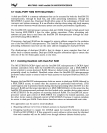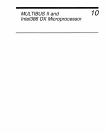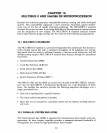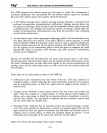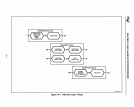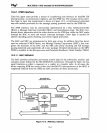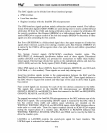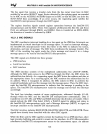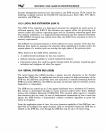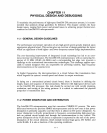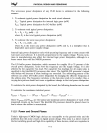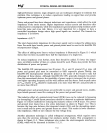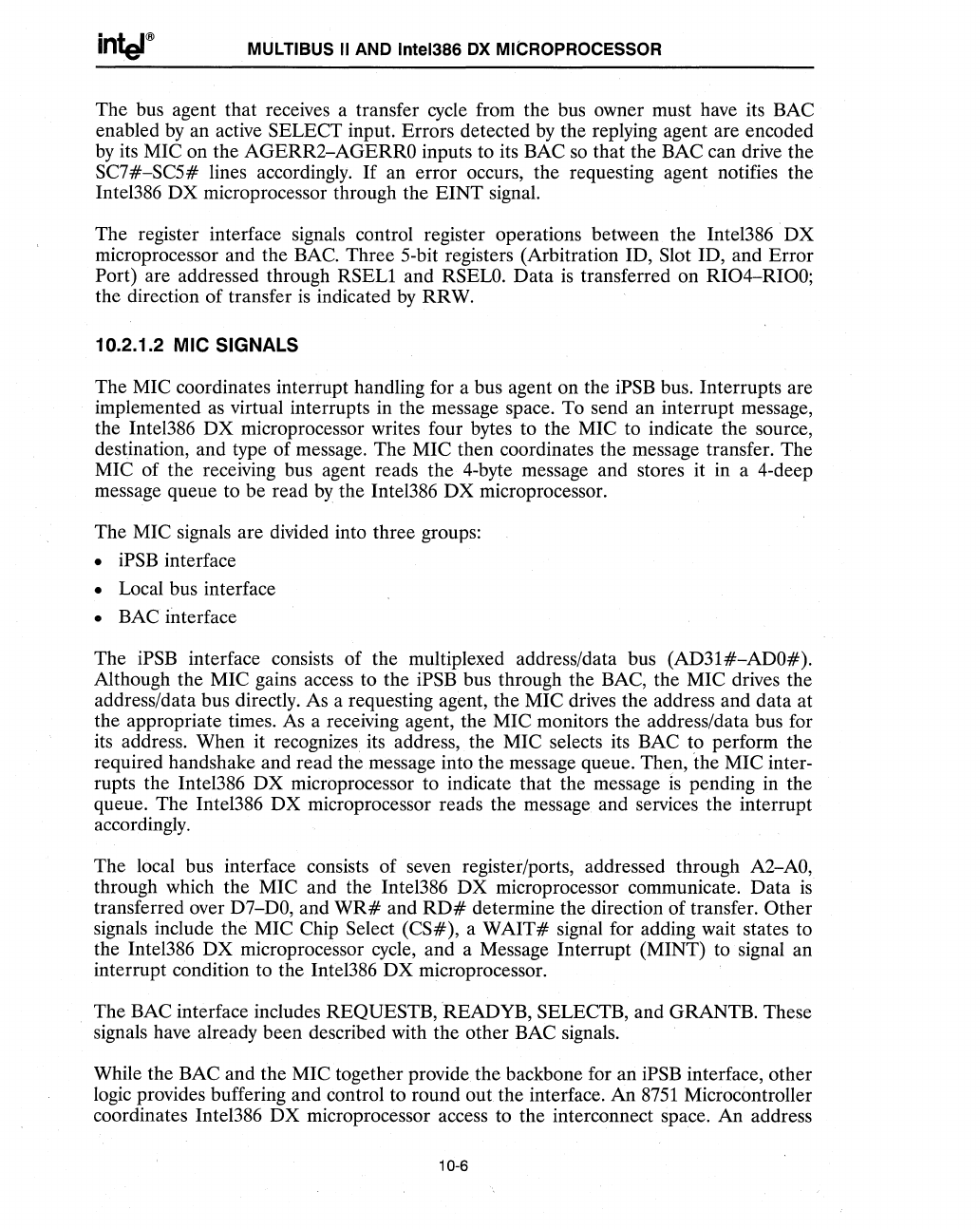
MULTIBUS II AND Intel386
OX
MICROPROCESSOR
The bus agent that receives a transfer cycle from the bus owner must have its BAC
enabled
by
an active SELECT input. Errors detected
by
the replying agent are encoded
by
its MIC on the AGERR2-AGERRO inputs to its BAC so that the BAC can drive the
SC7#-SC5#
lines accordingly.
If
an error occurs, the requesting agent notifies the
Intel386 DX microprocessor through the EINT signal.
The register interface signals control register operations between the Inte1386· DX
microprocessor and the
BAC. Three 5-bit registers (Arbitration ID, Slot ID, and Error
Port) are addressed through RSELl and
RSELO.
Data
is
transferred on RI04-RIOO;
the direction of transfer
is
indicated
by
RRW.
10.2.1.2 MIC SIGNALS
The MIC coordinates interrupt handling for a bus agent on the iPSB bus. Interrupts are
implemented
as
virtual interrupts in the message space. To send an interrupt message,
the Inte1386
DX
microprocessor writes four bytes to the MIC to indicate the source,
destination, and type of message. The MIC then coordinates the message transfer. The
MIC of the receiving bus agent reads the 4-byte message and stores it in a 4-deep
message queue to be read
by
the Intel386 DX microprocessor.
The MIC signals are divided into three groups:
• iPSB interface
• Local bus interface
• BAC interface
The
iPSB interface consists of the multiplexed address/data bus (AD31#-ADO#).
Although the MIC gains access to the
iPSB bus through the BAC, the MIC drives the
address/data bus directly. As a requesting agent, the MIC drives the address and data at
the appropriate times. As a receiving agent, the MIC monitors the address/data bus for
its address. When it recognizes its address, the MIC selects its BAC to perform the
required handshake and read the message into the message queue. Then, the MIC inter-
rupts the Intel386
DX
microprocessor to indicate that the message
is
pending in the
queue. The Intel386
DX
microprocessor reads the message and services the interrupt
accordingly.
The local bus interface consists of seven register/ports, addressed through A2-AO,
through which the MIC and the Intel386 DX microprocessor communicate. Data
is
transferred over D7-DO, and
WR#
and
RD#
determine the direction of transfer. Other
signals include the MIC Chip Select (CS#), a
WAIT#
signal for adding wait states to
the Inte1386
DX
microprocessor cycle, and a Message Interrupt (MINT) to signal an
interrupt condition to the Inte1386 DX microprocessor.
The BAC interface includes REQUESTB, ·READYB, SELECTB, and GRANTB. These
signals have already been described with the other BAC signals.
While the BAC and the MIC together provide the backbone for an
iPSB interface, other
logic provides buffering and control to round out the interface.
An
8751
Microcontroller
coordinates Intel386 DX microprocessor access to the interconnect space.
An
address
10-6



